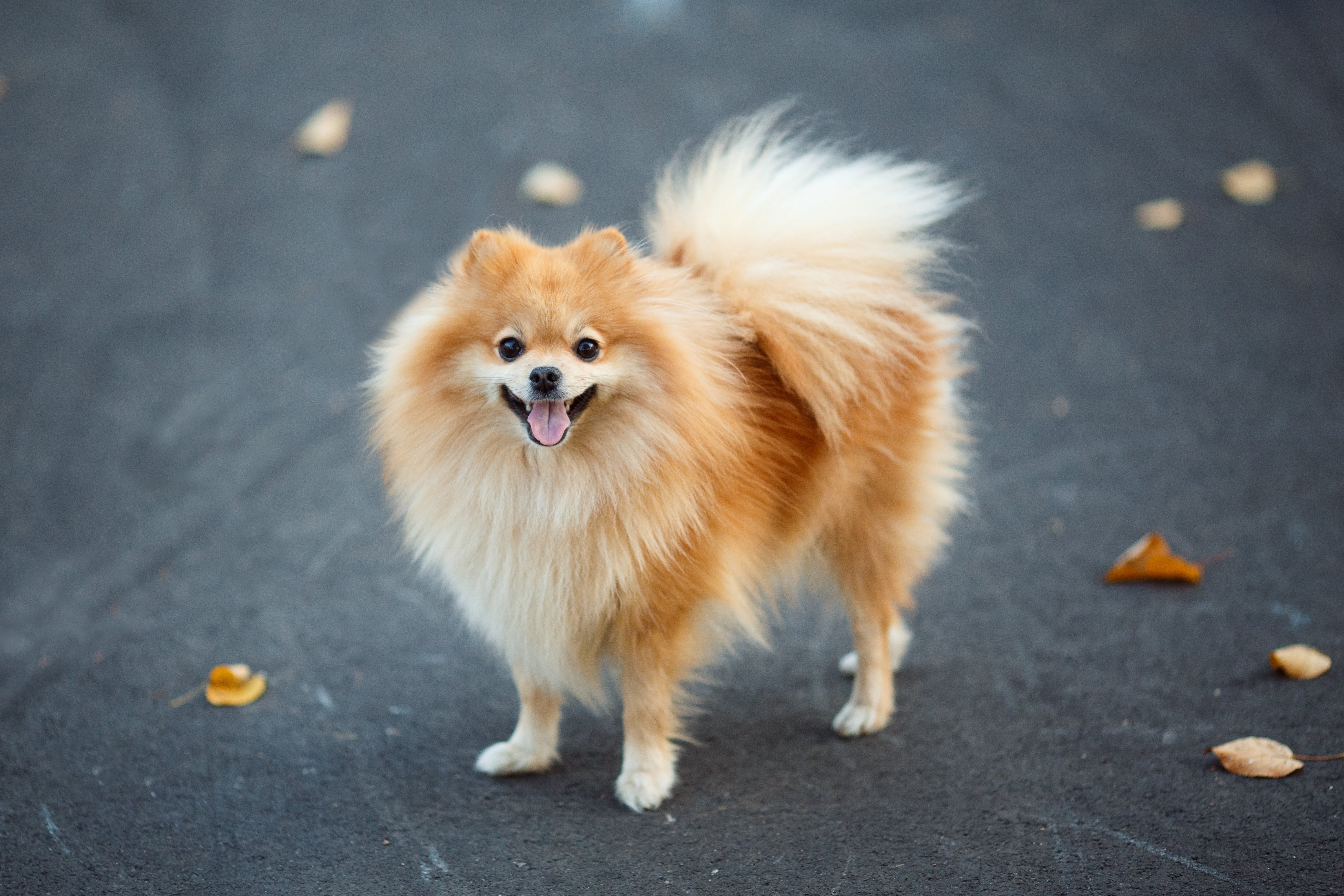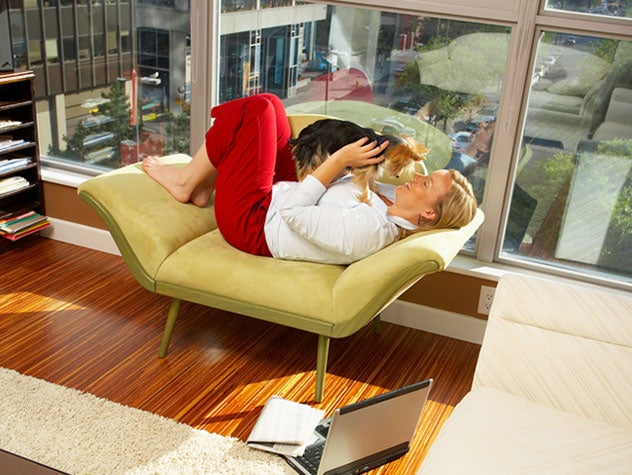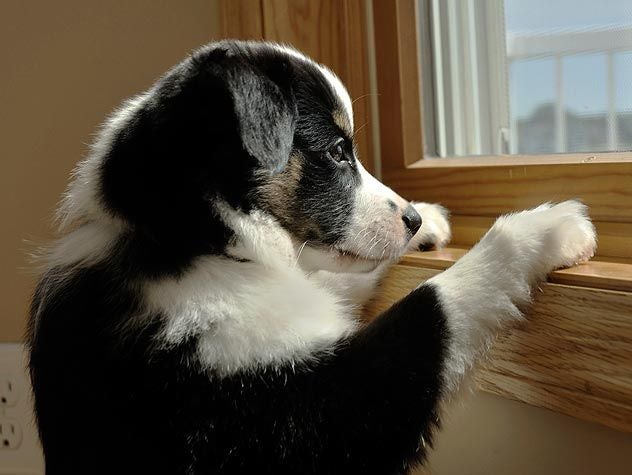German Spitz
The German Spitz comes in three sizes: toy, medium, and large. These compact, square-bodied dogs boast a foxy face, prick ears, and a signature curled tail over their back. Their most striking feature is a luxurious double coat, forming a mane-like ruff around the neck and a bushy tail.
Alert and vocal, German Spitzes make excellent watchdogs. Though intelligent and trainable, they possess an independent streak. With proper socialization, they're adaptable companions, happily interacting with people and other dogs. Their captivating appearance, combined with a lively personality, makes the German Spitz a delightful breed for those seeking a companion.
Breed characteristics carousel
Learn More
Need to Know
- Dog suitable for non-experienced owners
- Basic training required
- Need to be aware of potential health issues
- Enjoys active walks
- Small, medium, and large dog
- Some drool
- Requires frequent grooming
- Chatty and vocal dog
- Barks and alerts to visitors/anything unusual
- Could have issues with unknown dogs but gets along with known dogs
- Gets along with other pets with training
- May need additional supervision to live with children
- Needs a yard or smaller sizes can happily live in the city
- Can be left alone occasionally with training
- AKC Registered Breed

Personality
German Spitz dogs have personalities as fluffy as their coats. They are clever and joyful, always the life of the party. Watchful and vigilant, they don’t like being alone for too long. They are social butterflies and will charm everyone. A happy Spitz is a quiet Spitz, so indulge them in mind-bending games and physical activity to bring out the best in them.
The German Spitz originated as a farm dog, nicknamed “peasant dog.” Likely descended from Nordic herding dogs, they were brought to Germany by the Vikings. They became popular with royalty in the 18th century. While they have a long history in Europe, the breed likely first came to America in the early 20th century with German immigrant families.
Intense, clever, and adorable, German Spitz dog owners should ideally have a sense of humor for these sometimes defiant dogs. They enjoy owners who are home most of the time, who will engage with them, and who have patience when it comes to training. They can be vocal, so owners should not mind some barking.
German Spitz dogs have a variety of exercise needs depending on their size. They enjoy long walks and need a fenced-in yard as they are curious and are always looking for the next adventure. A bored Spitz can be a destructive and noisy one, so it’s important to prioritize physical and mental stimulation.
German Spitz dogs come in three sizes: toy, medium, and large. None need a particularly large amount of space, but they do need access to the outdoors for walks, free running, and potty time.
Brushing the German Spitz’s coat frequently will keep it knot-free, especially around the ears and elbows. Males shed once a year and females twice a year.
Positive reinforcement will help engage the German Spitz in training. They are intelligent and often need creative motivation to train as they don’t necessarily like being told what to do and when to do it. Socialization is important to build confidence. They can excessively bark, so a good “settle” command should be part of training. They can excel at heelwork, agility, and obedience with good training.
Lively and affectionate, German Spitz dogs can make good family dogs with the right training. They do best in families with older or no children, especially the toy variety, which can be mistaken for a stuffed animal instead of a dog by small children.
The cost of a German Spitz from a breeder is significantly more than the cost of adopting one from a local shelter or rescue. The adoption fee usually covers additional items such as spaying or neutering, vaccines, and microchipping.

Learn more about feeding and caring for your German Spitz on Purina.
Did You Know?
- Spitz-looking skeletal remains were found in Central Europe dating back to five or six thousand years ago.
- Fishermen used to take German Spitz dogs on boats as watchdogs.


